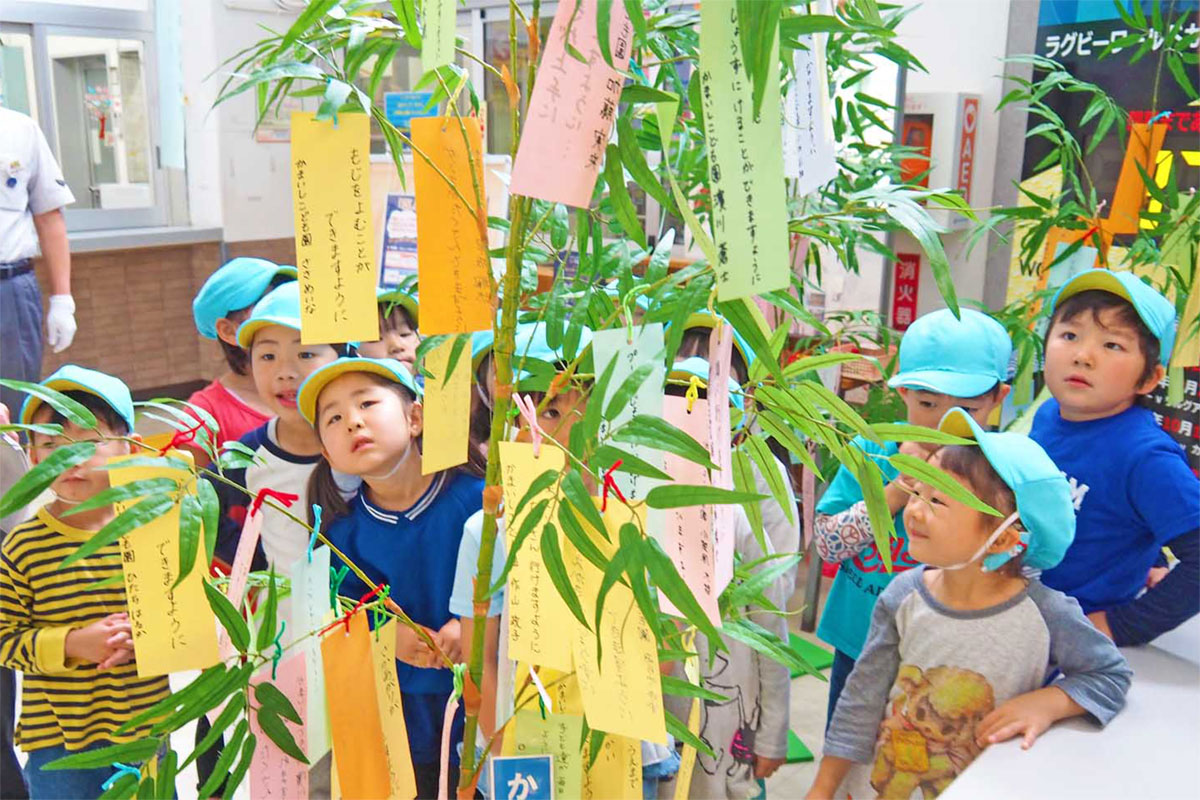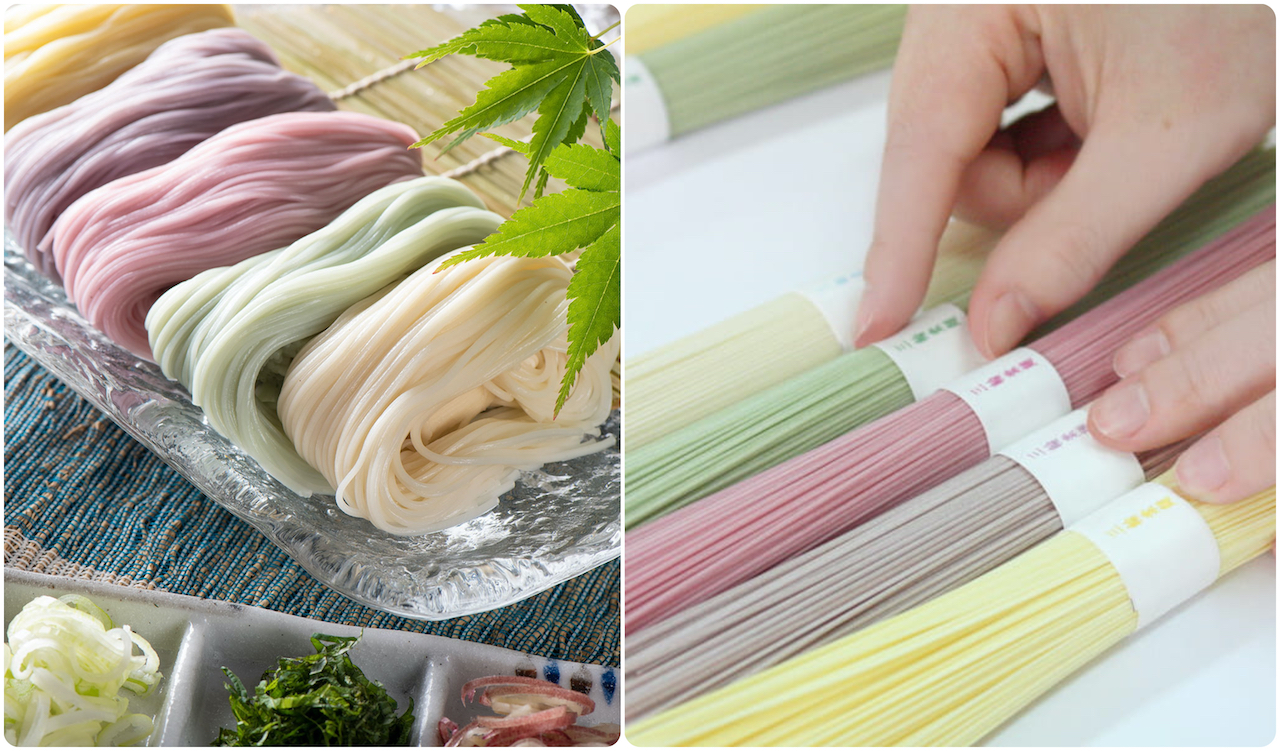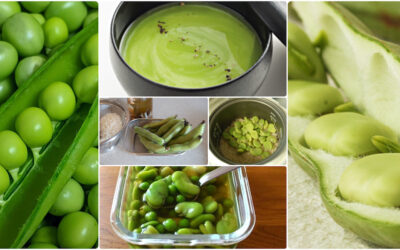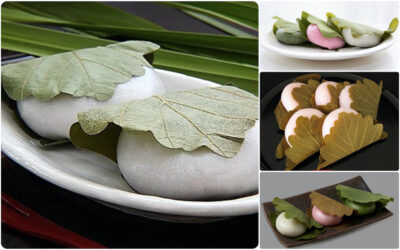
Kitchen Culture Cooking Club
EXPLORE and PRACTICE Japanese cooking in your own kitchenAbout Kitchen Culture Cooking Club
Welcome to the Kitchen Culture Cooking Club, a community space providing encouragement to those who want to EXPLORE and PRACTICE Japan’s washoku wisdom in their own kitchens.
To facilitate this, themed projects will be posted to this page periodically. Project Assignments and links to relevant reference material stored on this site will be posted to this page. Anyone, anywhere in the world, with a sincere interest in Japanese food culture is welcome to browse the contents of this page and then replicate the themed project in their own kitchen.
For those who wish to display-and-discuss their projects with like-minded people, I invite you to join the KITCHEN CULTURE Cooking Club Facebook Group (formerly the TSUDOI Project), an interactive community space.
PROJECT: Celebrating Tanabata

The Tale of TANABATA 七夕伝説
The Tale of Tanabata, which originated in China, has been told in Japan for at least 1200 years. The Japanese version tells the story of a cowherd (Kengyū in some versions, Hikoboshi in others, as the star Altair), and the Weaving Princess (Orihimé, as the star Vega). They were so enamored with each other, the legend goes, that their work suffered. As a result, the two lovers were banished to opposite ends of the firmament. After frequently beseeching the gods to reunite them, their wish was granted: a brief meeting would be permitted, albeit, once a year.
This meeting occurs on the seventh day of the seventh lunar month — the day Tanabata is celebrated in Japan. Today in most parts of Japan the festival is celebrated on July 7th. But some parts of Japan, like Sendai, use the old koyomi almanac which puts the festival in August.
Making wishes, and writing them on tanzaku (narrow strips of colored paper) that get hung on branches of young bamboo, has become part of the Tanabata (Star Festival) as it is practiced today. Above, school children admire the decoration of their wishes that their teachers tied to sasa no ha branches of young bamboo. The custom of writing wishes on tanzaku is well established. Here, a scene from the Edo period.


SŌMEN, Festive Noodles
Sōmen noodles are associated with Tanabata in several ways: When set to dry on racks, sōmen noodles look like threads on a loom (the warp and woof of Orihime’s woven cloth) and flowing on the plate the thin noodles resemble the Milky Way (Ama no Gawa 天の川).
Although white sōmen noodles are sold year-round, many summertime packages will include noodles dyed vivid pink (ume, or plum-flavored), bright yellow (egg-enriched, color enhanced by kuchi nashi no mi dried gardenia pods), or deep olive (matcha tea-flavored). The colored noodles enhance the special connection to TANABATA MATSURI, the Star Festival.
Looking for instructions in making sōmen in your kitchen? Visit earlier posts about sōmen and cold noodle salads.
Recipes and Resources
Stock (Dashi)
Dashi stock is essential to making soups and simmered or stewed dishes. Dashi is also used when making many egg dishes and all sorts of sauces, dips and dressings. Using good dashi will make a noticeable difference in the outcome of so many dishes you prepare.
Click to download recipes for (vegan) Kelp Alone Stock or Standard Sea Stock + Smoky Sea Stock
How to Cook Rice
In Japanese, the word for cooked rice, ご飯 GOHAN, is the same as the word for a meal, ご飯 GOHAN. Indeed rice is central to the meal. Download the Rice with Mixed Grains recipe.
How to Prepare Sushi Rice
Sushi dishes are made with rice that has been seasoned (with sweetened vinegar) AFTER being cooked. Download the Classic Sushi Rice recipe.
Quick Pickles
The Japanese enjoy a wide variety of tsukémono pickles, many can be assembled quickly and are ready to eat within a short time.
Download a recipe for Quick-Fix Hakusai Cabbage.
Junsai, a summertime delicacy
JUNSAI (water shield; Brasenia schreberi) grows naturally in lakes, ponds and slow streams in many parts of the world but only Japan and China have a long history of cultivating the plant as a food. The Japanese especially love foods with a tsuru tsuru (slippery,...
PROJECT Enjoy Junsai
潤菜料理 (junsai ryōri) JUNSAI (water shield; Brasenia schreberi) grows naturally in lakes, ponds and slow streams in many parts of the world but only Japan and China have a long history of cultivating the plant as a food. Young, unfurled sprouts covered in slippery,...
PROJECT Cooking with Early Summer Bounty
初夏の幸の料理 (shoka no sachi no ryōri) The Japanese delight in cooking with seasonal produce and in the early summer that means making delicious dishes with new peas and beans. Using the recipes below as a point of departure, create your own BOUNTY-of-EARLY SUMMER DISH...
Kashiwa Mochi
So named because this sweet is wrapped in kashiwa (oak) leaves, kashiwa mochi 柏餅 is enjoyed during the Golden Week holidays, early in May. Historically this sweet is associated with Tango no Sekku (also known as Kodomo no Hi or Children's Day). What's the connection?...




